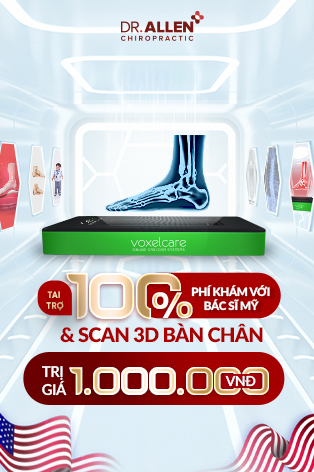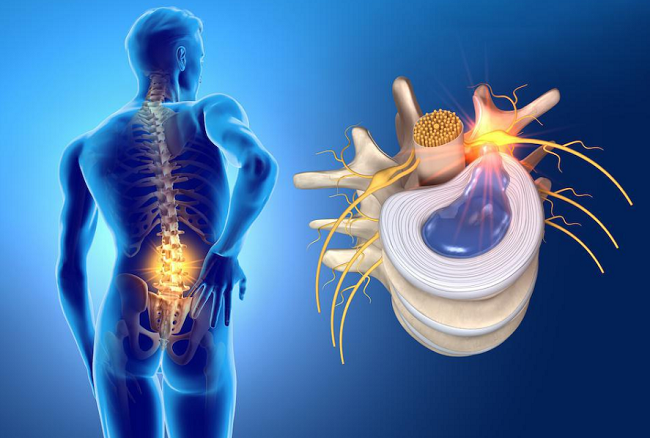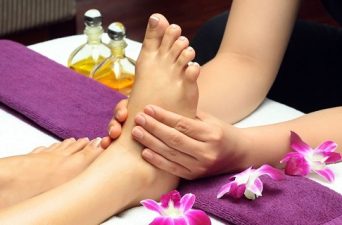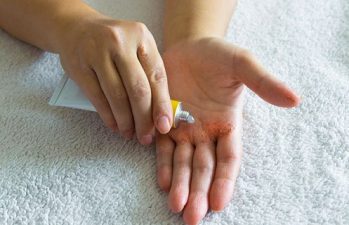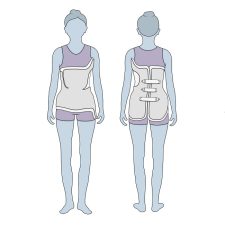Herniated discs, also known as slipped or ruptured discs, can affect individuals of all ages and lifestyles. It is essential to understand the different types and severities of herniated discs, as well as specific populations that may be at risk, to ensure proper diagnosis and treatment. This article will discuss the various types of herniated discs, the best stretches to alleviate symptoms, and special considerations for teenagers, young adults, and pregnant individuals.
Types of Herniated Disc
Herniated discs can be classified based on their location and severity.
- Cervical Herniated Disc: A herniated disc in the neck (cervical spine) can cause pain, numbness, and weakness in the shoulders, arms, and hands.
- Thoracic Herniated Disc: A herniated disc in the upper or middle back (thoracic spine) can cause localized pain, chest pain, or pain radiating around the ribcage.
- Lumbar Herniated Disc: A herniated disc in the lower back (lumbar spine) is the most common type and can cause pain, numbness, and weakness in the buttocks, legs, and feet.
Herniated Disc Flare-Up
A herniated disc flare-up refers to a sudden increase in pain or other symptoms related to a herniated disc. Flare-ups can be triggered by physical activities, poor posture, or other factors that put strain on the affected area. It is essential to manage flare-ups appropriately by resting, using pain relievers, and seeking medical advice if necessary.
Best Stretches for Herniated Disc
Gentle stretches can help alleviate symptoms associated with a herniated disc by reducing pressure on the affected nerves. Some effective stretches include:
- Knee-to-chest stretch
- Pelvic tilt
- Cat-cow stretch
- Seated spinal twist
Always consult a healthcare professional or physical therapist before starting any stretching program, as improper technique can worsen symptoms or cause further injury.
Mild, Severe, and Large Herniated Discs
Herniated discs can range in severity from mild to severe or large, depending on the extent of the disc damage and the degree of nerve compression.
- Mild Herniated Disc: A mild herniated disc may cause minimal to moderate symptoms and can often be managed with conservative treatments such as rest, pain relievers, and physical therapy.
- Severe or Large Herniated Disc: A severe or large herniated disc can cause significant nerve compression, leading to intense pain, numbness, or weakness. These cases may require more aggressive treatment options, including surgery.
Recurrent Herniated Disc
A recurrent herniated disc refers to the reoccurrence of a herniated disc after initial treatment, either in the same location or elsewhere in the spine. Factors that can contribute to recurrent herniations include inadequate rehabilitation, poor posture, or ongoing strain on the spine.
Herniated Discs in Teenage Athletes, Young Adults, and Pregnancy
- Teenage Athletes: Teenage athletes can be at risk of developing herniated discs due to the repetitive stress and strain placed on their spines during sports and training. Early intervention and proper treatment can help prevent long-term complications.
- Young Adults: Herniated discs can also occur in young adults, especially those with occupations that involve heavy lifting or prolonged sitting. Maintaining proper posture and incorporating regular exercise can help reduce the risk of herniated discs in this population.
- Pregnancy: Pregnant individuals may experience herniated discs due to the increased strain on their spines from weight gain and hormonal changes. Conservative treatments, such as physical therapy and gentle stretching, can help manage symptoms during pregnancy. It is essential to consult a healthcare professional for guidance on the most appropriate and safe treatment options for both the mother and the developing baby.
Conclusion
Herniated discs can affect individuals of all ages and lifestyles, with varying types and severities. Understanding the differences in these cases and recognizing the specific needs of certain populations, such as teenage athletes, young adults, and pregnant individuals, is crucial for proper diagnosis and treatment. Consult with a healthcare professional to develop a tailored treatment plan that addresses the unique needs and circumstances of each individual, promoting optimal recovery and long-term spinal health.

